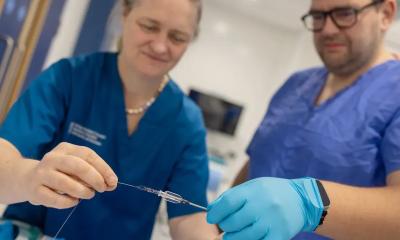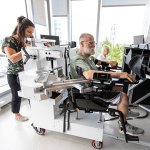
News • Malignant melanoma
Immunotherapy for skin cancer: when less is more
New immunotherapies are effective against skin cancer, but they can cause serious side effects. New insights suggest that a lower dosage may lead to better outcomes and longer survival.

































